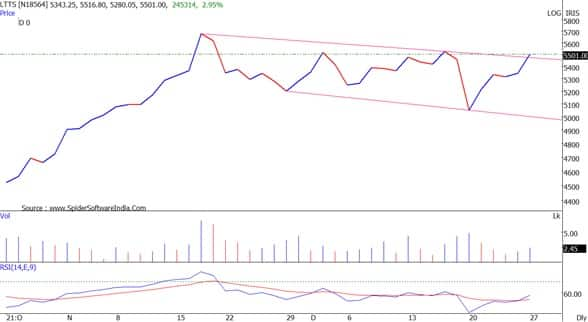
Option writing is a fairly successful trade. Simple reason – Option writers take a lot of risk. There is an unknown risk profile against a small potential profit of premium received. The success is sweet, but it comes with a threat.
This threat is of a possibility of a big loss. In an attempt to reduce the possibility of this loss, all of us writers work hard to find that trading range where (strike prices) options can be sold (written) of higher Call and/or lower Put that does not get breached on expiry.
We will discuss how we can use Implied Volatility to better estimate this range. But before that let us understand what Implied Volatility (IV) is. IV is volatility figure implied by Options premium. Simple calculation gets us to the IV.
Option Premium =
Calculation Involving following
1. Stock Price (Known and Definite Information)
2. Strike Price (Factual Input)
3. Time to Expiry (Known and Definite Information)
4. Volatility (Unknown & could have many answers)
5. Risk Free Interest Rate (Not a lot impactful)
Given Option Premium and inputs 1,2,3 & 5 the volatility figure back calculated or Implied by Option Premium is called Implied Volatility. Good part of IV is, this is not historical volatility, it is Volatility expected by Option Traders.
This figure represents annualized volatility expectation indicated by Options. This means if this figure is 20% and the stock whose options we are trading is trading is at 100. We can say that market option pricing consensus indicates expectation of a range = 100 +/- 20% = 120-80 for the year.
Now, since we are going to be writing the option only till the day of expiry we can proportionally reduce the IV figure to represent the smaller part of the year that represents the expiry.
Proportionate reduction means if Rent for 12 months is 12000 so for a month it will be 1000. The difference in the proportionate reduction of volatility is that time cannot be multiplied directly. The scaling (apportioning) of volatility can be done by multiplying or dividing by Square Root of time.
For Example, assuming the number of trading days in a year is 252, the time left for expiry is 20 trading days and IV = 18%.
IV reduced for 20 days = 18% / Square Root (252) X Square Root (20)
= 18% / 15.9 X 4.5
= 5.1%
So, we can simply estimate with this easy calculation that Option Traders are expecting 5% volatility. This means that for INR 100 stock we can say that Trading range of 105-95 is an expected range indicated by IV for the 20 trading days of expiry.
Instead of just Selling Options with a range assumption based on historical data now we are Selling Higher Strike Call and Lower Strike Put based on the range indicated by Expectation of future volatility during the life of the option.
Benefits of IV
Well IV is by far the closest estimate of market consensus of the range. Unlike static systems which refers to history, IV range will indicate smaller range in calmer times and bigger range in times of expected fireworks.
Where to Find This?
Any option analytic platform would carry Option Chain and Option Chain holds IV reading. Choose the IV of Call or Put or Average of Both of strike closest to current market price.
Finally, IV gives us many insights but most valuable insight is the expected levels of movement. Decode this information that could help you better your odds in estimating Range (most important input) in Option Writing.
Disclaimer: The views and investment tips expressed by experts on Moneycontrol are their own and not those of the website or its management. Moneycontrol advises users to check with certified experts before taking any investment decisions.

